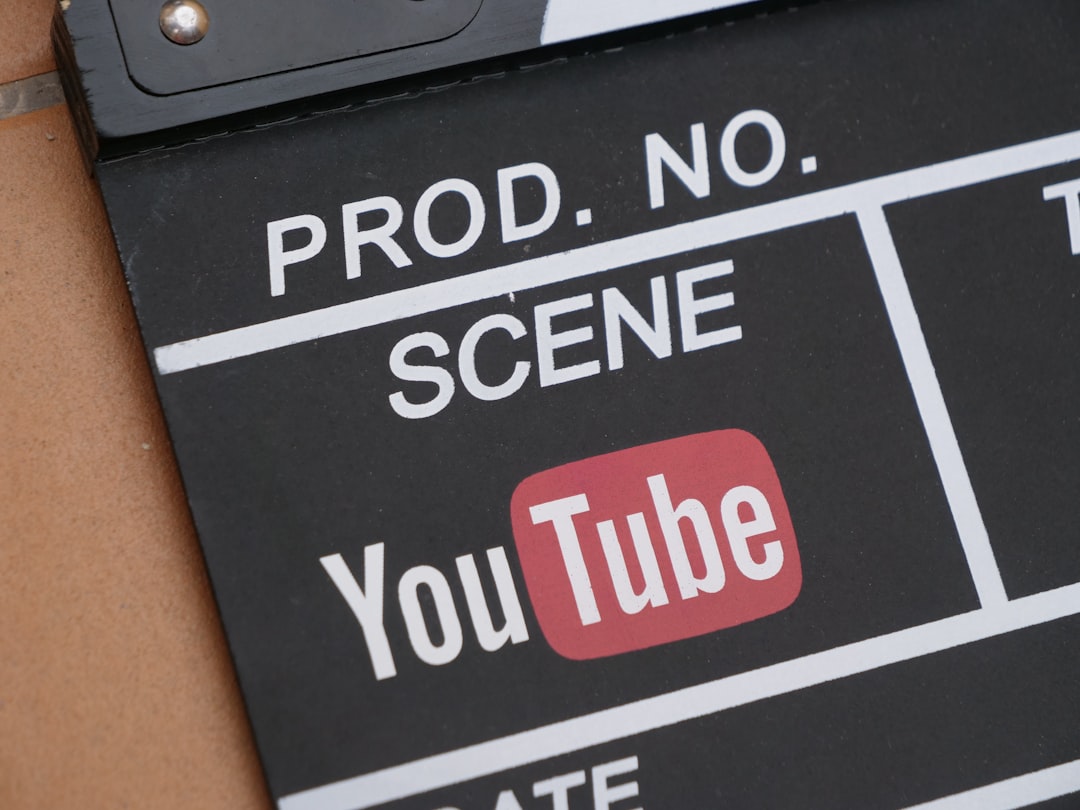As content creation continues to grow as a profession and revenue stream, platform monetization has become a major deciding factor for creators. Among the most popular names for video sharing and income generation are YouTube and the rising alternative, Rumble. If you’re a creator wondering which of the two platforms pays more, you’re not alone. Understanding these differences is crucial for making informed decisions on where to publish content and build a sustainable brand.
YouTube’s Monetization Structure
YouTube, being the established giant, operates primarily through its YouTube Partner Program (YPP). Once a creator qualifies (1,000 subscribers and 4,000 valid public watch hours in the last 12 months), they can earn money from:
- Ad Revenue – Based on the CPM (cost per thousand views), which varies depending on region, audience, content category, and seasonality.
- Channel Memberships – Fans pay a monthly fee for exclusive perks.
- Super Chat and Super Stickers during live streams.
- Merchandise Shelf integration (available for eligible creators).
Typically, YouTube pays creators 55% of the revenue generated by ads shown on their videos. CPM rates can range from $0.25 to over $10 per 1,000 views depending on the niche and audience.

Rumble’s Unique Monetization Approach
Rumble differentiates itself with a less restrictive entry point and straightforward monetization options. Unlike YouTube, Rumble allows creators to monetize content from the start. Creators can earn through:
- Revenue Share from ads displayed on Rumble and partner platforms.
- Licensing – Rumble offers to license videos to media outlets, earning a higher payout per video.
- Exclusive and Non-Exclusive Upload Rights, which impact the earnings potential.
For example, if a creator gives Rumble exclusive rights to a video, they typically receive 60% of the advertising revenue and 90% of video licensing income. Non-exclusive uploads usually generate less because the platform isn’t incentivized to promote them broadly.
Pay Rate Comparison
When comparing YouTube and Rumble, here’s how their average earning potential stacks up:
- YouTube: CPM varies heavily, but many creators report earnings between $3 to $7 per 1,000 views, depending on niche and target audience.
- Rumble: Creators often earn $0.25 to $2.00 per 1,000 views from ads alone. However, licensed videos can earn significantly more – sometimes hundreds of dollars per video.
Creators with viral or newsworthy content might find that Rumble’s licensing deals and exposure through partner platforms such as MSN, Yahoo, and others can offer better payout opportunities for select videos.

Transparency and Analytics
YouTube provides robust analytics that allow creators to track earnings down to video performance, demographics, traffic sources, and more. This level of detail helps creators fine-tune their strategy for revenue optimization.
Rumble’s dashboard, while improving, is still relatively basic in comparison. Some creators have noted that earnings reporting can be delayed or less granular, which can create uncertainty when forecasting future income.
Other Factors to Consider
Monetization isn’t the only metric to consider when choosing a platform. Other factors include:
- Audience Reach – YouTube has over 2 billion logged-in users monthly compared to Rumble’s smaller, though growing, user base.
- Content Restrictions – Rumble is perceived as being more lenient with content guidelines, attracting creators who face demonetization issues on YouTube.
- Engagement – YouTube’s algorithmic recommendations and community features provide more opportunities for long-term audience building.
So, Does Rumble Pay More Than YouTube?
In broad terms, YouTube pays more per 1,000 views for most creators, especially those in profitable niches. However, Rumble can offer higher earnings for specific content types, such as viral clips and news-related videos with licensing potential. For new or smaller content creators looking to start monetizing quickly, Rumble’s low entry barrier is appealing, but long-term scalability is still stronger on YouTube.
Ultimately, the best platform may depend on your content style, target audience, and growth strategy. Some creators even use both platforms to maximize reach and earnings potential.
